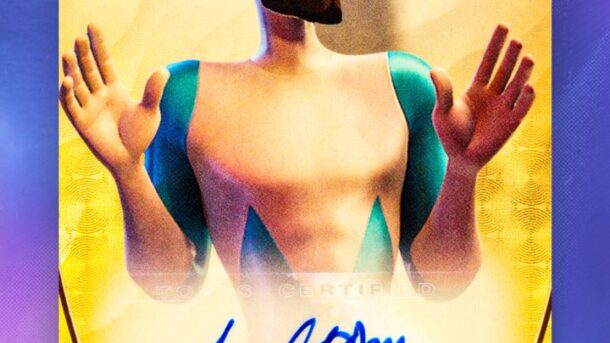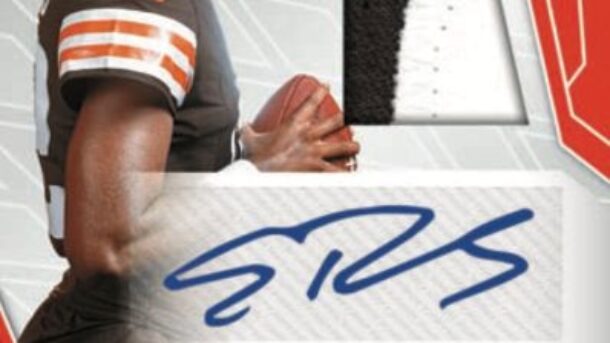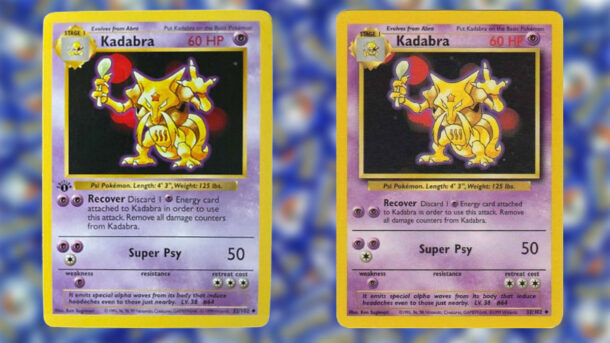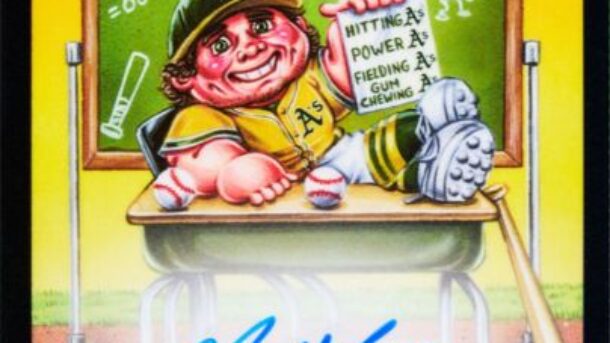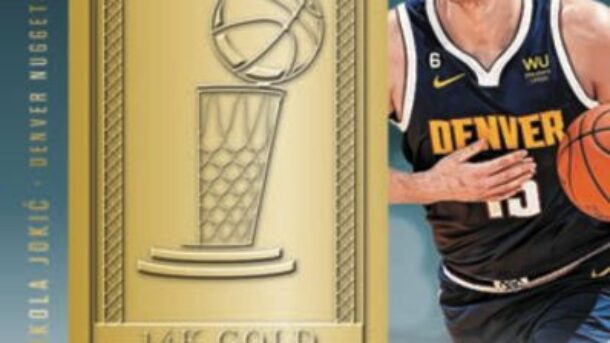In a world where trading cards bridge the gap between fandoms and nostalgic memorabilia, there comes a new twist: Samuel L. Jackson is adding his distinctive signature to a card featuring Frozone from The Incredibles for the first time. This delightful surprise is happening courtesy of Topps Chrome, a brand that has long been the intersection of pop culture and collectible trading cards, enchanting collectors with its shiny, chromium stock.
Frozone, also known as Lucius Best, is one of those iconic characters that transcends the screen and weaves itself into the cultural fabric. With his slick ice slides, defiance of gravity, and sharp one-liners, he’s the “super” everyone wouldn’t mind having around for a surprise Friday ice cream party. What makes this more thrilling is the fact that Jackson, a titan in the film industry, has previously inked cards from roles in other film franchises, but never in his animated alter ego. The union of Jackson’s signature and Frozone creates what can only be described as a “cool” carnival of collectible fervor.
Why is this such a substantial moment for collectors? Frozone’s character enjoys massive popularity, with appeal that spans age groups and even memes—it’s a universal character. Samuel L. Jackson, with his unforgettable voice and larger-than-life presence, kicks it up a notch, attracting every kind of enthusiast from Pixar fanatics to the ardent collectors who savor the tactile joy of Topps Chrome cards. It’s more than just a card; it’s a cultural celebration frozen in time.
The allure only deepens with the unique qualities of Topps Chrome. Known for its high-end gleam and stunning presentation, Chrome cards become canvases of art. Their glossy finish sharpens animated imagery, transforming a simple card into a visual spectacle worthy of any showcase. Add to this the multitude of autograph color tiers and parallels, ranging from widely available base autos to the elusive 1/1 superfractors. Each adds its palette to collectible history, offering intriguing challenges for both the casual collector and the perfectionist.
The great unknown remains whether these autographs will be on-card or sticker-based. On-card autographs tend to bring a sense of exclusivity, as the signature directly mingles with the artwork, lending itself to an extra aura of prestige. However, sticker autographs promise wider availability and let more zealots into the inner circle of card glory. There’s also the titillating possibility of personalized inscriptions: a playful “Frozone” tag or a classic line from the movie would transform a notable card into an iconic collectible.
As an art piece, the card holds myriad possibilities. Topps might choose an animated still with movement streaks to echo Frozone’s dynamic presence, or use an understated design to allow the signature to stand alone in its glory. Toss in some sketch cards, and you’ve got a masterpiece formed from both simple childhood enchantment and the prestigious ink of Jackson.
For those eager to own a piece of this confluence of artistry and nostalgia, it’s best to strategize. Consider what speaks to your collector’s heart: is it a straightforward base card featuring Frozone’s laid-back coolness, or do you wish to chase the rainbow of refractors? Blue and aqua parallels might best emphasize the icy charm, while a gold edge commands attention in any collection.
Buying directly—and inspecting carefully—is key if autograph quality matters to you. Scrutinize centering and surface conditions to aim for the best quality in those shimmery autographs, and preserve these treasures carefully to decide whether grading enhances their story.
Boundlessly appealing, Samuel L. Jackson’s Frozone cards will bridge not just generations, but collector genres, too. Marvel aficionados might crossover, and Pixar devotees will boost demand. Even Star Wars fans, familiar with Jackson from another galaxy entirely, will step over to unite fandoms across universes.
As the glitter settles on this announcement, the curious and the invested will wait for checklists to reveal numbers, and details on the secondary market to frame the full scope of this collectible phenomenon. Whether your aim is one pristine piece or colored tiers that tell a story, the joy is undeniably in the chase and the camaraderie it fosters.
Samuel L. Jackson signing as Frozone brings a sprinkle of magic from The Incredibles universe into the real world of trading cards. This enchanting crossover both captures the heart and ignites the collector’s fervor, mixing pop culture pizzazz with a shimmer of nostalgia, all perfectly encapsulated in the shine of Topps Chrome. For any collector worth their weight in refractors or cinephile warmed by Pixar’s wonders, this release beckons with the glacially stylish poise of Frozone himself.

